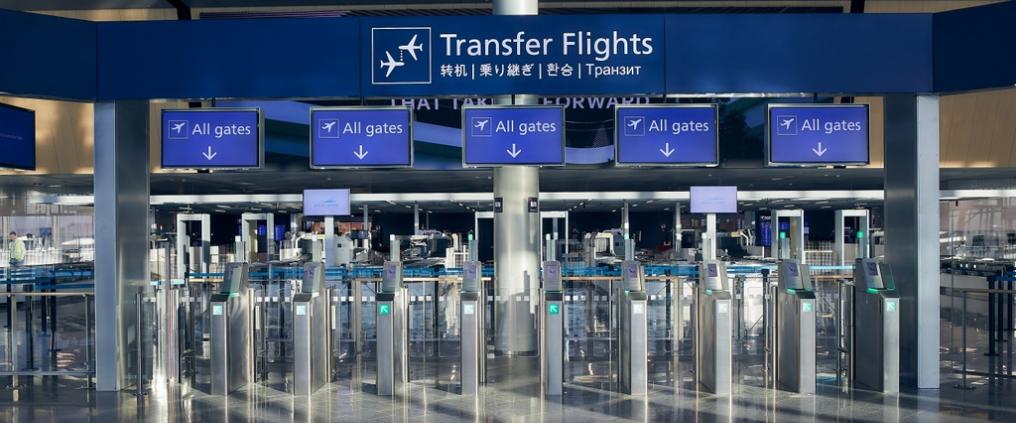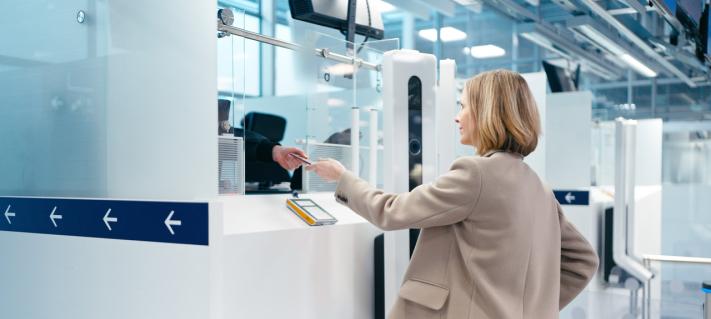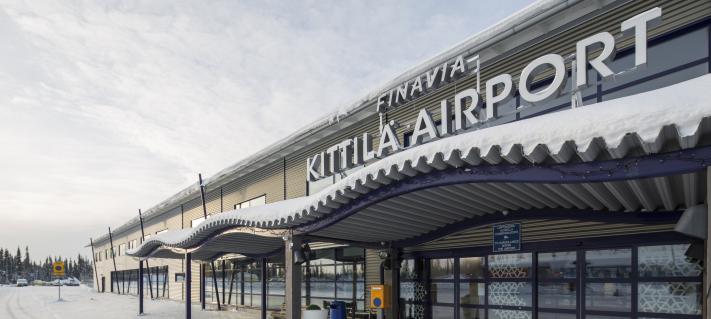Responsibility is the cornerstone of our operations, and safety is our guiding principle in everything we do. Our Sum of Good Things series highlights details of Finavia's responsibility work. This story is about the security control at Helsinki Airport.
Transfer passengers are regularly directed to security control points at Helsinki Airport. This may seem odd – isn’t a passenger who has already been inspected at one airport qualified to go to the next flight as well?
The reason for double checks is simple: different countries can have different security practices. If a passenger’s security check in their country of departure has not been performed according to EU safety standards, that passenger is directed to a security check point at Helsinki Airport before their next flight.
For flights within the EU, the “One Stop Security” policy in typically in place, meaning that a passenger can move directly to the next flight without a security check.
Differences in security practices
The goal of safety checks for transfer passengers is to make sure that EU airports only send forward both passengers and luggage that have been checked according to EU safety regulations.
In practice, outside the EU, there are differences in the volumes of allowed liquids, overall security check practices or requirements for packing. Also, the standards for the equipment used for scanning checked baggage can vary outside the EU.
Finavia’s Security Services Manager Joni Pekkanen says that security checks are performed on almost all transfer passengers arriving outside of the EU.
“An exception to the rule is passengers flying in from the United States, Canada, Norway, Iceland and Singapore, for example. Airports in these countries are known to meet the standards of EU safety regulations,” says Pekkanen.
A perfectly normal security check
Pekkanen says that the security check for transfer passengers at Finavia airports does not differ from the normal security check performed for departing passengers. “We look for the same forbidden substances and items to be sure that all luggage is completely safe. The same goes for checked baggage that transfer passengers have.”
According to him, security checks for transfer passengers do not cause problems at Helsinki Airport, because in general, most passengers are prepared for them. Overcoming language barriers can sometimes be challenging, for example when a passenger carrying forbidden items must be instructed in detail on how to repack their luggage.
A new security control area takes children into account
As part of the Terminal T2 expansion project at Helsinki Airport, the recently opened non-Schengen security control point increases the capacity for security checks and makes the process more pleasant for passengers.
The area is equipped with wooden animal sculptures for children to play with, and the whole area is spacious, built in fresh Scandinavian style. The security control point is connected to Aukio, the new central square of the expansion area that offers many things to see and experience.
Passenger feedback on the new security control point has been positive. “Primarily, the area has been greeted with great satisfaction. The security point area is an experience that people are excited about. It is more spacious than what people are used to, and there are things that appeal to children as well,” says Pekkanen.
Read more about the new Aukio and non-Schengen security area.
Read more about security checks.




